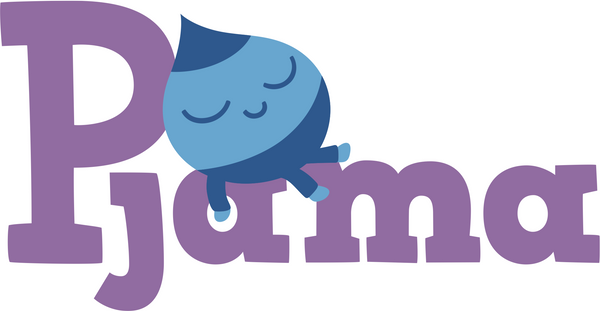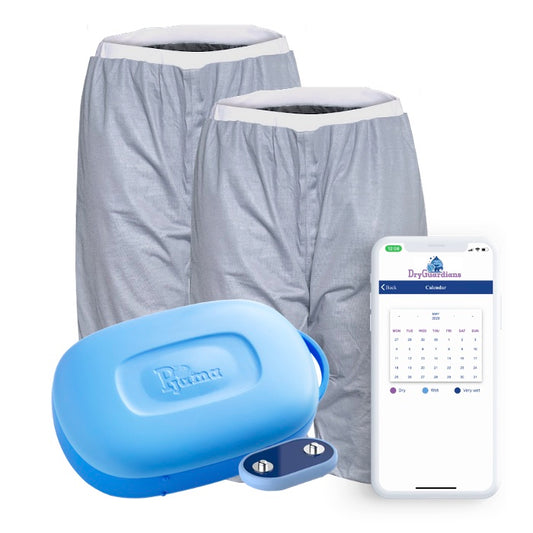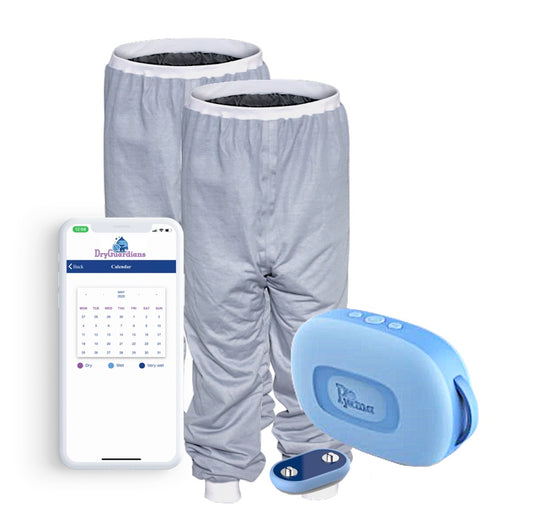NDIS Continence Support for Children

The National Disability Insurance Scheme (NDIS) provides essential continence support for children with disabilities or developmental delays, recognising the unique challenges these children face in daily toileting. This blog will explore how NDIS funding works for continence supports, what is covered, and how families can navigate the process.
Understanding NDIS Continence Support
Children and young people with disabilities often require additional assistance with toileting compared to their peers. The NDIS aims to fund continence supports for children who need significantly more help than those without disabilities. To qualify for funding, the supports must meet specific NDIS criteria related to the child's disability or developmental delay.
Key Considerations for Funding
When assessing a child's eligibility for continence support, the NDIS considers several factors:
- Individual Situation: Each child's needs are unique, and assessments take into account their specific circumstances.
- Family Capacity: The ability of family members to provide support is evaluated, including any potential risks to their wellbeing.
- Available Supports: The availability of informal and community supports is also considered.
- Reasonableness of Family Contributions: What is reasonable for families and informal supports to provide is taken into account.
Types of Supports Funded
For children aged five and older, the NDIS may fund a variety of continence supports:
- Daytime Continence Products: Items such as pads or pull-ups used throughout the day.
- Nighttime Supports: Products like nappies for children who are toilet trained during the day but still require nighttime support.
- Bedwetting Alarms: Devices that may be recommended by a continence nurse to assist with bedwetting issues.
Funding is contingent upon evidence linking these needs to the child’s disability, typically provided through a continence assessment conducted by a qualified health professional.
Younger Children
In exceptional cases, funding may extend to children under five if they have medical conditions related to their disability. For example, if a child requires ongoing assistance with continence management due to their condition or has higher care needs than typically developing peers, they may be eligible for support.
Evidence Requirements
To secure funding for continence supports, families must provide substantial evidence demonstrating the connection between the child's disability and their continence needs. This may include:
- A continence assessment from a qualified continence nurse.
- Documentation outlining the child's specific needs and how they exceed those of typical children.
Accessing Continence Support
Families can access continence support through various channels:
- NDIS Plan Inclusion: Ensure that continence supports are included in your child’s NDIS plan. This may require discussions with your NDIS contact or support coordinator.
- Professional Assessments: Engage with healthcare professionals who can conduct necessary assessments and provide recommendations tailored to your child’s needs.
- Community Resources: Utilise resources such as the Continence Foundation of Australia’s helpline for guidance on toilet training strategies and available products.
Additional Support Options
In addition to NDIS funding, families can explore other financial assistance programs like the Australian Government Continence Aids Payment Scheme (CAPS), which helps cover costs associated with continence products for eligible individuals.
Conclusion
Navigating continence support through the NDIS can be complex but is crucial for enhancing the quality of life for children with disabilities. By understanding eligibility criteria, types of supports available, and how to gather necessary evidence, families can effectively advocate for their children's needs. For more detailed information on accessing these supports, families are encouraged to consult the NDIS guidelines and seek advice from healthcare professionals.









